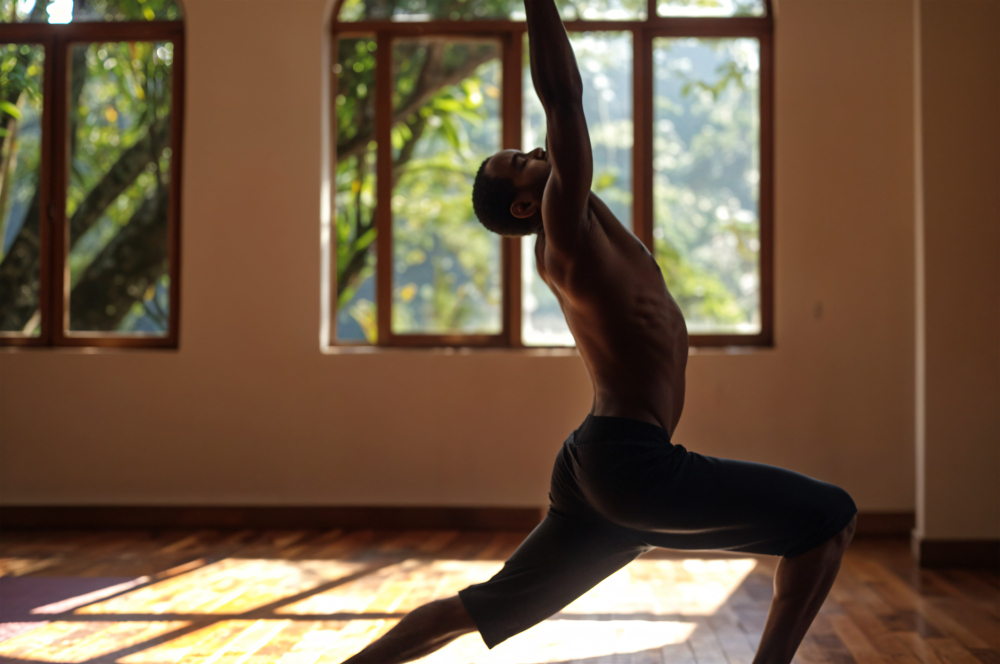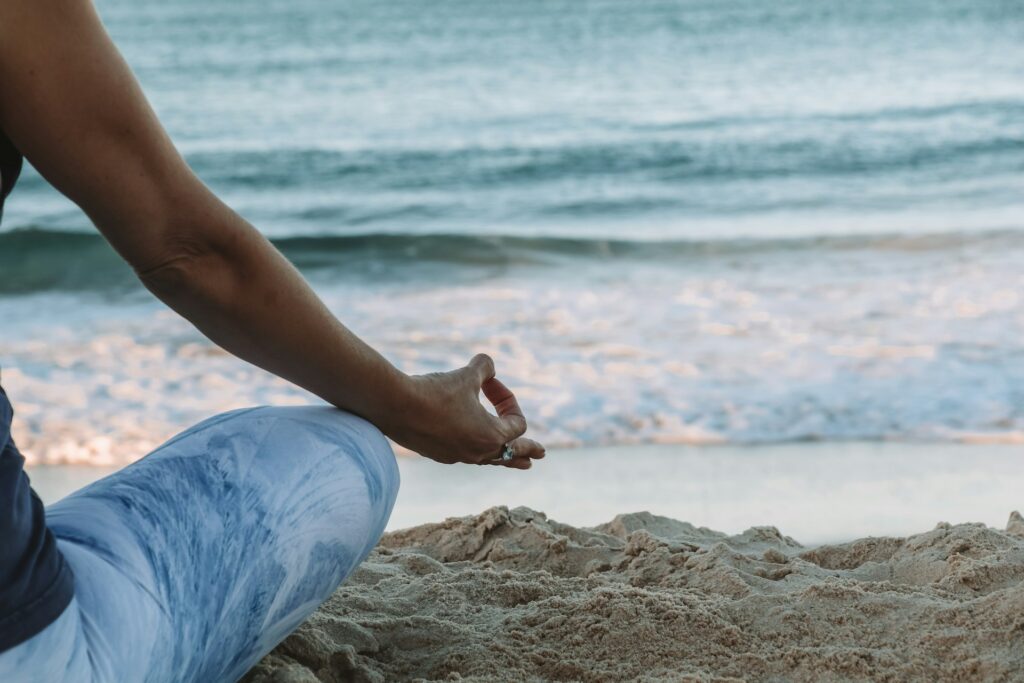We live in a world that celebrates extremes. Social media feeds overflow with before-and-after transformations, 30-day challenges, and “no pain, no gain” mantras. But here’s what nobody talks about: there is a fine line between pushing oneself to the limit and overtraining, and crossing that line can lead to serious consequences that go far beyond simple fatigue.
I learned this the hard way during my marathon training phase three years ago. What started as a noble goal to “get serious about fitness” turned into a obsession with daily long runs, despite my knees sending clear distress signals. The result? Three months of physical therapy and a humbling lesson about the difference between dedication and destruction.
The truth is, our bodies are incredibly intelligent systems that thrive on consistency and variety, not punishment and extremes. When we ignore the subtle signals our joints and muscles send us, we’re essentially having a conversation with our body while wearing noise-canceling headphones.
Understanding Your Body’s Language
Your body speaks to you constantly – the key is learning its language. Those little twinges after a workout aren’t always badges of honor. Sometimes they’re polite requests for attention. That unusual fatigue might not be something to power through but rather information about your recovery needs.
Overexertion is typically caused by repetitive movements, sudden motions, prolonged effort, incorrect technique, or mental exhaustion. Notice how this list includes mental exhaustion? Your mind and body are partners in this dance, not opponents in a wrestling match.
I’ve started treating my body like a wise friend rather than a machine to be optimized. When my lower back feels tight after sitting at my desk all day, I don’t immediately jump into an intense yoga flow. Instead, I might start with gentle spinal rotations while standing, maybe add some light stretching, and see how things feel from there.
This approach has revolutionized my relationship with movement. Instead of following rigid workout schedules, I’ve developed what I call “movement conversations” – checking in with my body each day and responding to what it actually needs.
The Sweet Spot: Finding Your Goldilocks Zone
Remember the story of Goldilocks? Not too hot, not too cold, but just right. Your movement practice needs its own Goldilocks zone – that perfect balance where you’re challenged enough to grow stronger and more flexible, but not so much that you’re constantly recovering from your workouts.
This zone is deeply personal and changes based on countless factors: your sleep quality, stress levels, nutrition, life circumstances, and yes, even the weather. Some days your Goldilocks zone might be a vigorous bike ride through the hills. Other days, it might be a restorative yoga session followed by a leisurely walk.
The magic happens when you start honoring these fluctuations instead of fighting them. Giving your body time to rest and recover between sessions of intense activity is the best way to prevent overtraining syndrome. This isn’t about being inconsistent – it’s about being intelligently responsive.
My Daily Movement Philosophy
Over the past two years, I’ve developed a movement philosophy that keeps me active without the boom-and-bust cycles that used to define my fitness journey. Here’s what it looks like in practice:
Morning Check-ins: Before I even think about what workout to do, I spend five minutes doing a mental body scan. How do my joints feel? What’s my energy level? Any areas of tension or soreness? This isn’t dramatic or time-consuming – just a quick internal weather report.
The 70% Rule: I aim for about 70% of my maximum effort most days. This leaves room for life’s surprises and prevents me from constantly operating at my breaking point. It’s surprisingly challenging to hold back when you’re used to going all-out, but the results speak for themselves.
Movement Snacking: Instead of cramming all my activity into one intense session, I sprinkle movement throughout my day. A few minutes of stretching here, a short walk there, some light strength exercises while watching TV. Active stretching exercises such as yoga, tai chi and pilates all help our joints stay ready for more intense exercise.
The Recovery Ritual: I’ve made recovery as important as the workout itself. This might mean foam rolling while listening to a podcast, taking a warm bath with Epsom salts, or simply ensuring I get adequate sleep. Recovery isn’t lazy – it’s strategic.
Joint-Friendly Movement Strategies
Our joints are the unsung heroes of an active lifestyle, quietly facilitating every step, reach, and stretch. Treating them well isn’t just about avoiding pain – it’s about ensuring we can keep moving with joy and freedom for decades to come.
Variety is Your Friend: Instead of doing the same workout every day, I rotate through different types of movement. Swimming provides low-impact cardio while supporting my joints. Yoga maintains flexibility and balance. Light strength training keeps my muscles strong enough to support my skeleton. Walking gives me time to decompress while keeping my body gently active.
The Warm-up Revolution: I used to think warm-ups were for “older people” or “serious athletes.” Now I realize they’re for anyone who wants their body to function optimally. Stand and sit up straight to protect joints from your neck down to your knees. Even five minutes of gentle movement preparation can transform how your body responds to activity.
Listen to the Weather Report: Just like you check the weather before getting dressed, check your internal weather before exercising. Stiff morning joints might appreciate some gentle movement to warm up synovial fluid. End-of-day tension might call for stretching rather than strength training.
The Mental Game: Moving Beyond Perfectionism
Perhaps the biggest shift in my approach has been mental. I’ve had to unlearn the idea that every workout needs to be a personal record, that rest days are for the weak, or that consistency means doing exactly the same thing every single day.
Real consistency is showing up for your body in whatever way it needs. Some days that’s a challenging workout. Other days it’s choosing rest over pushing through fatigue. Both are acts of self-care, not self-indulgence.
I’ve also learned to celebrate the small victories. Successfully listening to my body when it needed rest. Choosing a walk over a run when my knees felt cranky. Doing ten minutes of stretching instead of skipping movement entirely on a busy day. These aren’t consolation prizes – they’re evidence of a mature, sustainable relationship with physical activity.
Creating Your Own Sustainable System
Building a movement practice that serves you long-term requires some experimentation and a lot of self-compassion. Start by paying attention to patterns. When do you feel energized? When does your body feel stiff or sore? What types of movement bring you joy versus obligation?
Healthy sleep, nutrition and mental wellness are critical in preventing overtraining. Your movement practice doesn’t exist in isolation – it’s part of a larger ecosystem of self-care that includes how you fuel your body, manage stress, and prioritize rest.
Consider keeping a simple movement journal for a few weeks. Note not just what you did, but how you felt before, during, and after. Look for patterns. Maybe you discover that afternoon walks energize you more than morning workouts, or that yoga on Sundays sets you up for a better week.
The Ripple Effect
The beautiful thing about sustainable movement is how it ripples into other areas of life. When you’re not constantly exhausted from over-exercising, you have more energy for relationships, work, and hobbies. When you’re not injured, you can be more spontaneous – saying yes to weekend hikes or playing with kids without worry.
I’ve found that people in my life have started asking what I’m doing differently. They notice that I seem more consistently energetic rather than cycling between high-intensity periods and complete crashes. The secret isn’t a new workout program or supplement – it’s the radical act of treating my body like a trusted partner rather than a machine to be conquered.
Moving Forward (Literally and Figuratively)
Staying active without overdoing it isn’t about lowering your standards or settling for less. It’s about raising your standards for what truly sustainable wellness looks like. It’s about playing the long game instead of sprinting toward burnout.
Your body is the vehicle that carries you through your entire life. Treating it with respect, listening to its wisdom, and responding to its needs isn’t just about physical health – it’s about creating a foundation for a rich, active life that extends far beyond your gym membership.
The goal isn’t to move perfectly. It’s to keep moving, period. And the best way to ensure you can keep moving is to move in a way that honors both your ambitions and your limitations, your energy and your need for recovery, your desire to grow stronger and your body’s request for gentle care.
So tomorrow morning, before you lace up your sneakers or roll out your yoga mat, take a moment to check in. Ask your body what it needs. Then trust that the answer you receive is exactly the right place to start.

Disclaimer: The information provided in this article is for educational and informational purposes only and is not intended as medical, health, or professional advice. Always consult with qualified healthcare professionals before making significant changes to your exercise routine, especially if you have existing health conditions, injuries, or concerns. Individual results and experiences may vary. The author and publisher are not responsible for any adverse effects or consequences resulting from the use of any suggestions, preparations, or procedures described in this article.
Sources Referenced:
- Cleveland Clinic: “The Best Exercises To Keep Your Joints Healthy”
- UCLA Health: “No pain, no gain? Training too hard can have serious health consequences”
- Hospital for Special Surgery: “Overtraining: What It Is, Symptoms, and Recovery”
- Healthline: “Overexertion Definition, Signs and Symptoms, Prevention”
- WebMD: “Tips for Healthy Joints: Exercise, Nutrition, & More”



